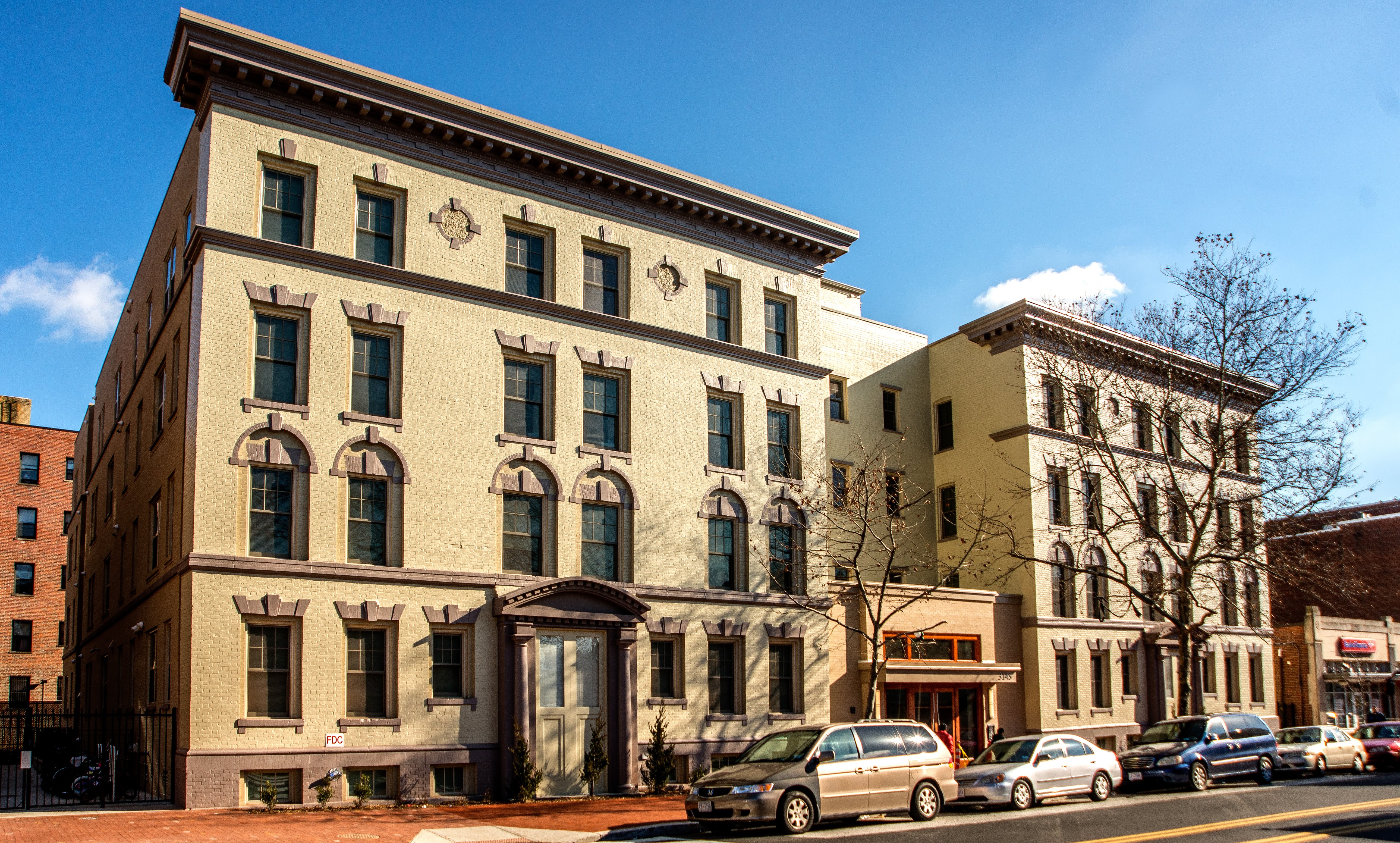Stable, safe, and healthy affordable housing is essential to financial stability and a key factor in addressing intergenerational poverty. Housing insecurity undermines employment, health, education, and other key elements of a sustainable path out of poverty.
Affordable rental homes are particularly important for limited-income and minority households. Nearly half of renters are considered cost burdened, meaning they spend more than 30 percent of their income on housing costs. Black and Latinx renters are cost burdened at higher rates than white renters.
We run the risk of exacerbating this affordable housing crisis if we don’t reinvest in and preserve existing affordable housing. Millions of affordable rental homes have been demolished because housing providers could not afford the cost of maintaining the buildings. Much of remaining affordable rental homes are in buildings that are aging and in need of repair.
Improving the energy and water efficiency of buildings is an essential strategy to preserve existing affordable rentals. Efficiency upgrades can result in significant financial savings to the property that can be reinvested in property improvements, be used to replenish reserves that are set aside for future building repair needs, and/or free up capital to offset potential rent increases.
 After a devastating fire, Monsenor Romero Apartments in Washington, D.C. was rebuilt to continue providing affordable apartments. The redevelopment included energy and water efficiency upgrades and the installation of solar energy.
After a devastating fire, Monsenor Romero Apartments in Washington, D.C. was rebuilt to continue providing affordable apartments. The redevelopment included energy and water efficiency upgrades and the installation of solar energy.
There are several ways that efficiency upgrades help to preserve affordable housing by improving the financial stability of the property. Efficiency upgrades can significantly lower operating expenses. Utility bills can comprise up to a fifth of operating expenses in multifamily affordable homes and often are the largest controllable, variable expense. Replacing older building equipment with new, more efficient equipment can result in lower maintenance costs. Savings from efficiency upgrades improve the cash flow of the property, which can be used to leverage additional debt financing that can be reinvested to make other capital improvements to the building.
Priorities
- Affordable housing providers are aware of the financial benefits of energy and water efficiency upgrades.
- Building owners have access to energy usage information and the tools necessary to benchmark a property’s energy and water usage and identify opportunities to maximize operating cost savings.
- Residents of affordable housing have access to adequate affordable energy, comfortable and healthy homes, and are protected from displacement due to rising rents on upgraded buildings.
- Technical assistance, direct install and incentive programs, sufficient government subsidy, and financing mechanisms are are available to help affordable housing providers make energy and water efficiency improvements, install renewable energy, and incorporate healthy building materials.

